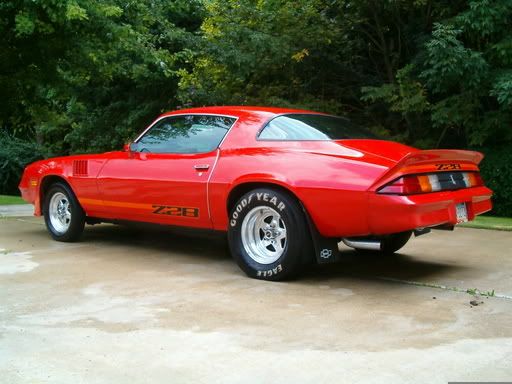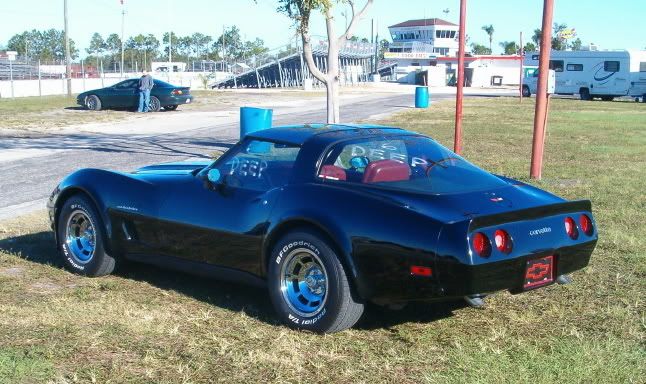First, if the engine is stock, other than the 750 and the Holley intake, you've got way too much carburetor and probably too much intake.
...
With the right parts, the right assembly and the right tune you can get to 350-375 hp fairly easily.
Tell us a little bit about how you converted an engine with computer controls to a non-computer engine.
No problem.
I've done a fair bit of work since i posted on this thread, so I'll start with what i've done lately. After that I'll describe the removal of the computer.
1) I have installed a 600 cfm holley. My gas mileage jumped from 14 highway to 23 highway. The 750 needed a rebuild so that is part of the improvement, but it was still too big for a 350 cid engine.
2) I installed hooker competition headers. This gave me a deeper sound, but not any noticeable power. I still need to replace the exhaust tubing from the header to the muffler with larger pipe.
3) I relocated the vacuum source for my distributor's advance. Thanks to JohnZ's explanation I am now using manifold vacuum. That really made a difference.
4) I bought a DeWitt's direct-fit radiator. I drove across Texas in July with the air conditioner on, and the temp never went above 210.
With all of that work, my car is running better than ever. Acceleration is smooth and consistent all the way up to 85 mph (that's where my speedometer ends).
I still feel that i'm lacking in low end torque, but that is largely due to the 2.73 rear end (which is the reason i get 23 mpg and can afford to drive the car).
How did I convert the car to run without a computer:
I was not the person that did the initial conversion. The previous owner actually removed the CrossFire. However, he was sloppy and made a lot of mistakes, so I have had to re-do most of his work and solve the problems left behind.
First you have to replace the Cross Fire with a carburetor and appropriate intake manifold. That is actually pretty straight forward. But it will leave you with a mess of unused wiring harnesses in your engine compartment. The can get in the way and don't look pretty, but they don't hurt anything by being there. You'll also need a distributor with a traditional vacuum advance. Again, this is a straight forward replacement. At this point, you now have intake and spark, but will need fuel. The stock fuel pump will not work, because the computer controls the fuel pump. I simply bought a mechanical fuel pump and installed it on the block. You could also buy an after-market electric fuel pump (or try to re-wire the original to work correctly). If you're not keeping the original fuel pump, then you will need to install a sending unit from an earlier corvette. At this point, you now have the 3 basic things you need to run: spark, air, and fuel. There will still be some miscellaneous things to do. For example, the torque converter in the 700 R4 will not lock up without the computer. You can get a torque converter lock-up kit for about to solve that problem and they range in price from $75 to $175.
I kept the description pretty brief just to give you an idea of what it takes. If anyone would like greater detail just ask. I think we all enjoy talking about our cars.
Personally i bought this car because i wanted a semi-project car. However, i do not recommend buying a car with a working CFI and replacing it with a carb. It is a pretty intense project all around (that means expensive). If you think the CFI is a piece of junk and want something better, i would recommend going with a newer TBI. There are a several options that will work with the stock computer. They'll give you better performance and are a much simpler project.















